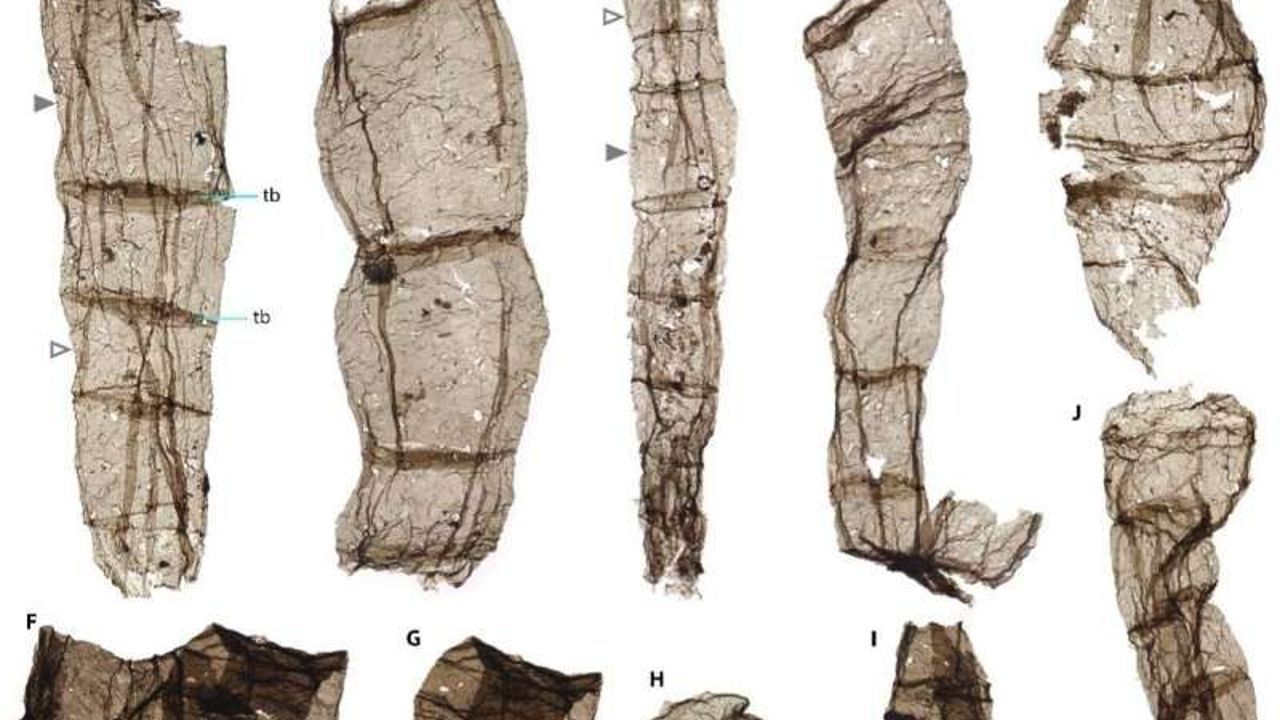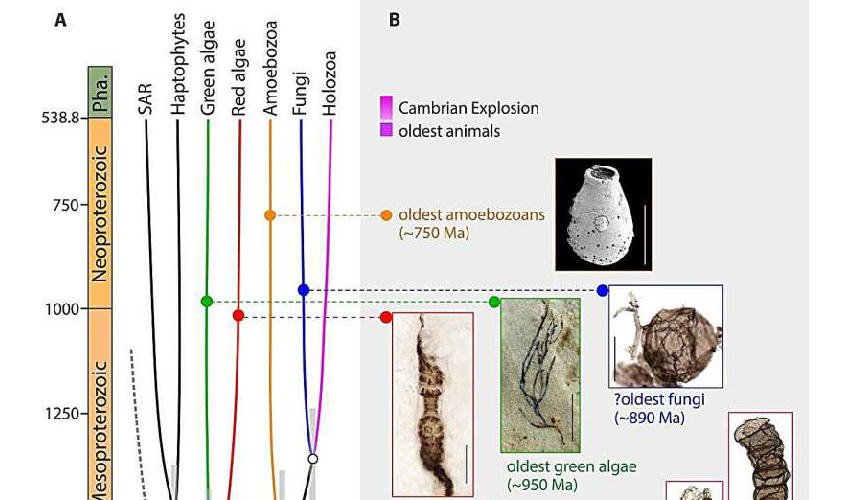Chinese research reveals eukaryotes first became multicellular 1.63 billion years ago
Studies of fossils found in northern China date the emergence of multicellularity in eukaryotes back about 70 million years to 1.63 billion years ago

The discovery of 1.63 billion-year-old multicellular fossils in northern China pushed back the emergence of multicellularity in eukaryotes by about 70 million years to 1.63 billion years ago, according to a paper published in Science Advances by researchers led by Professor Zhu Maoyan of the Nanjing Institute of Geology and Paleontology of the Chinese Academy of Sciences.
Considered the oldest record of multicellular eukaryotes, the microfossil record shows that simple multicellular eukaryotes, such as red and green algae and putative fungi, appeared as early as 1.05 billion years ago.
Older records have claimed multicellular eukaryotes, but many of these are controversial because of their simple morphology and lack of cellular structure.
"The newly discovered multicellular fossils come from the late Paleoproterozoic Chuanlinggou Formation, about 1.63 billion years old. They are unbranched, single-part filaments comprising two to over 20 large cylindrical or barrel-shaped cells with diameters of 20-194 μm and incomplete lengths up to 860 μm. These filaments show a certain degree of complexity depending on their morphological variation."

Currently, the oldest definitive eukaryotic fossils are single-celled forms from late Paleoproterozoic sediments (1.65 billion years ago) in northern China and northern Australia.
Source: Newsroom







